New Belgian aster: description, varieties, planting and care

Astra Novobelgiskaya is very popular among Russian and foreign flower growers. It is a beautiful plant that is surprisingly easy to care for. Planting an aster is not difficult, even if a beginner gardener who does not have much experience in such procedures takes on the job. In this article, we will take a closer look at New Belgian asters and learn how to properly care for them.

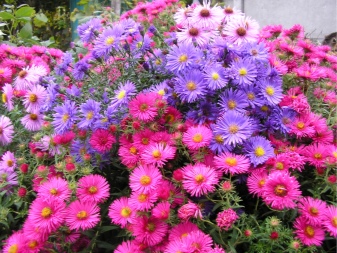
Description
New Belgian aster is a perennial herb from the genus Symfiotrichum. This plant comes from the lands of North America. Today, aster is widespread throughout the world. The only exceptions are cold northern latitudes. This flower came to European countries from China. In Latin, "aster" is a star. Having planted such gorgeous plants in their local area, gardeners get their own beautiful "constellations".
Many gardeners know this beautiful plant under a different name - "octobrinka". A large number of varieties of this flower are characterized by late flowering, which occurs in September-October. New Belgian aster has thin, but very dense and strong stems.
By itself, the bush grows lush and solid, which attracts a lot of attention.

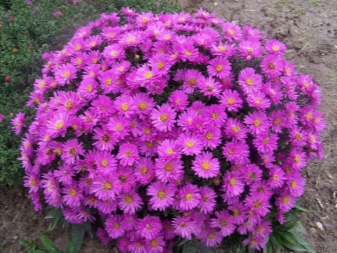
There is a sufficient number of popular and beautiful varieties of octobrinka. Depending on the specific variety, plants can be short, reaching a height of only 60 cm, or high - up to 140 cm. Often this beautiful and interesting flower is used to create an unusual hedge or a bright border plant.
Due to the abundance of various varieties, this herbaceous plant is able to bloom from July to November. Not the mildest temperature of -5 degrees is not dangerous for these pets. The aster of the considered species will delight people with flowers of different shades. Bright lilac, pink and white specimens look especially bright and rich. Such plants will never get lost in the personal plot and will be a gorgeous decoration for it.
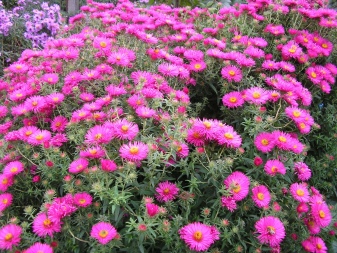

New Belgian aster differs in that a lot of flowers grow on it. The gorgeous bush is completely covered with them, due to which from the side it can strongly resemble a fluffy and bright cloud. A large number of small leaves, which have a rich dark green hue, contrast well against the background of juicy and variegated inflorescences.
The seeds of the plant in question are dark and oblong in shape. They appear in tubular centers. Each seed has a kind of "parachute" collected from fluffs. Thanks to this element, the seeds can easily fly in different directions at the slightest breeze.


Varieties
The Novobelgian aster is classified into a large number of different varieties. Each representative has its own distinctive features and external features. Let's get to know them better.
Mary Ballard
Delicate and beautiful plant that attracts with its beautiful blue color. This variety was "discovered" in 1955 by Ernest Ballard, a man who is considered the "father" of many of the asters known today. He named this cute flower after his wife Mary. These plants acquire an attractive blue-lilac color at the start of their flowering. This color completely "captures" a spherical flower, the diameter of which is about 5 cm.Only after a while does an orange core appear, resembling an egg yolk.
The flowering of this variety is considered long - it lasts for 2 months, from September to November. The bush is vigorous and can grow up to 95 cm.
It grows especially quickly and soundly in sunny, but slightly shaded places in the open field.
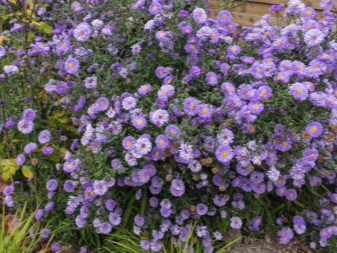

Royal Ruby
It is a rhizome perennial that grows in the form of a beautiful bush with a characteristic back-pyramidal shape. Stems of "Royal Ruby" in height can reach from 50 to 150 cm... The upper part of the plants is usually densely branched. In tall representatives of the species, the lower shoots are partially bare and always need competent decoration. It is necessary to plant this variety exclusively in fertile and sufficiently drained lands. The soil for Royal Ruby must be moist. In the same place, this pet can grow for about 3-4 years.

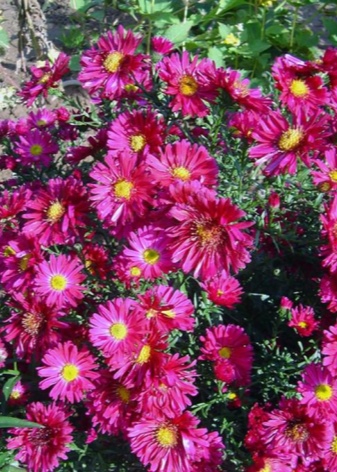
Magic Purple
Not only a very beautiful, but also an unpretentious plant, which is often chosen for growing by novice gardeners. "Madzhik Purpl" is planted everywhere - it is a very popular flower. This variety is characterized by abundant and long flowering. The double flowers of these plants have a delicate lilac-purple hue. The shape is relatively compact, spherical, and looks very interesting. The plant is frost-resistant, has good immunity, so it rarely gets sick and is attacked by pests.
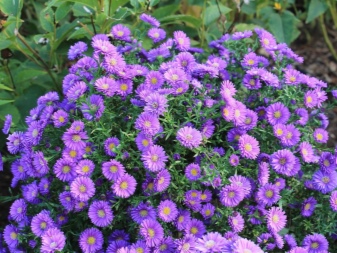

Fellowship
Tall, perennial plant. It has erect stems that form a small bush. Around the yellow core is a large number of delicate, double petals with a light pink color. This plant is recommended to be planted in places well protected from the wind. The planting area should also be sufficiently lit. For asters of this variety, moderately nutritious soil is needed, the structure of which has much in common with medium loam. Often, "Fallowship" is used in group plantings or to create beautiful alpine slides that decorate the landscape.
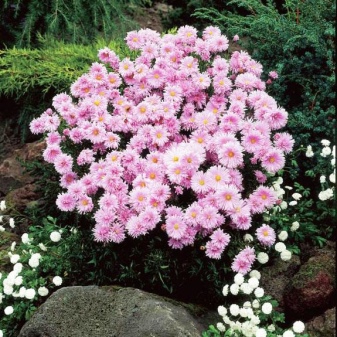

Henry Blue
A relatively new variety. Bushes grow low, have a spherical structure. Flowers "Henry Blue" are densely double, attract attention with a beautiful bluish tint. This flower is planted in well-lit places on the site. It is necessary to provide it with protection from wind gusts. This aster is growing rapidly, so it must be replanted every 3-4 years.
The soil in which the flower grows must necessarily be loose, free of weeds.


White Ladies
Snow-white varieties that look truly aristocratic. Such plants can be a gorgeous decoration for any home area or garden. With their participation, very beautiful and spectacular flower arrangements are formed, making the atmosphere more lively and colorful. The variety is distinguished by rich and long flowering. A large number of small flowers ripen on the bush, the size of which rarely exceeds 3 cm.The petals are thin, aligned horizontally. The core is yellow-red.

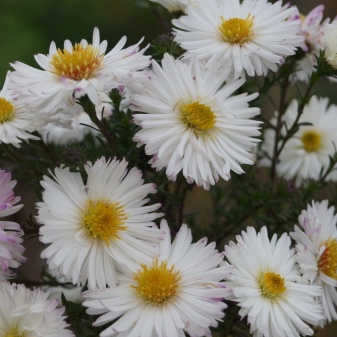
Crimson Brocade
One of the most popular autumn crops that many gardeners choose for planting. This aster looks very impressive, since its petals have a rich and variegated crimson-scarlet hue. The middle is distinguished by a fiery sunny color. Flowers bloom together, at the same time and so abundantly that their small size ceases to play any role. Gardeners can enjoy the beauty of this lovely plant for 30-35 days in early autumn. Bushes grow vigorous, 130 cm in height. They have dense, dark green foliage.

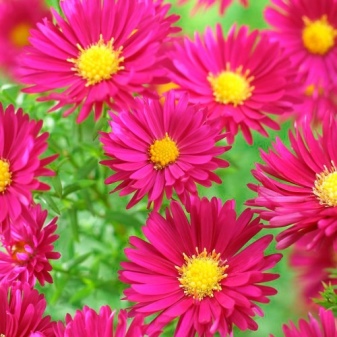
Patricia Ballard
This variety looks like a dense and lush bush, the average height of which is from 0.8 to 1 m.The flowers grow semi-double, have a pink and light lavender hue. The eyes are characterized by a characteristic yellow color. The flowering period of this variety is September-October. Patricia Ballard feels good in sunny areas with moderate partial shade. This plant grows and develops best in fertile and well-drained lands.

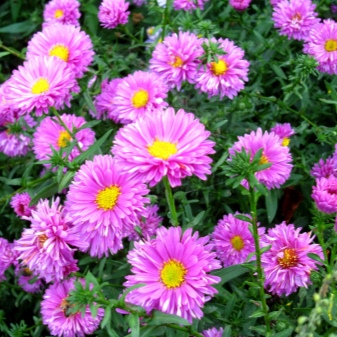
Landing rules
Novobelgian aster is considered a relatively undemanding plant that is easy to work with. However, it still needs to be planted in the ground competently, observing all the rules and regulations.
Timing
If the aster is planned to be planted in the ground in the spring season, then the selected area for planting should be prepared in the fall. With the onset of spring, it will be necessary to weed the allotted place again, plow the soil using special preparations.
The best time for planting New Belgian asters is May, when frost on the soil is no longer observed.
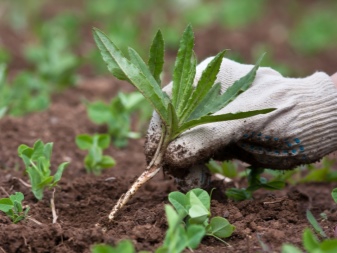
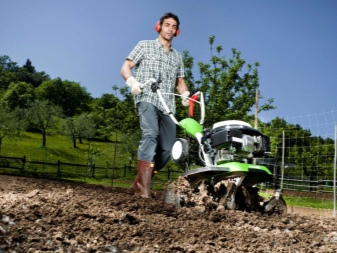
Soil preparation
It is necessary to properly prepare the soil for the planned planting of flowers of the selected variety. It is from these procedures that the growth rate and health of the flower in the future will depend. For asters, it is recommended to select places where there is good sun illumination, otherwise the flower will simply not grow normally. The place must be protected from strong wind gusts or drafts - they can cause significant harm to tall specimens. It is advisable to plant such flowers on small hillocks - excess moisture does not accumulate there, which can harm the root system of plants.
The soil should be light to medium, fertile, sufficiently permeable to air and water. The acidity should be zero. It will be possible to lower the acidity level if you use dolomite flour (additives). The landing site must be cleared of weeds, dug up with humus. With the arrival of spring, you will need to weed the area again and plow it with superphosphate or potassium sulfate. Then the ground will need to be leveled.

Care
The New Belgian aster must be looked after properly. Let's take a closer look at how to water and fertilize this flower.
Watering
The flower is drought tolerant. There is often an impressive amount of rainfall during flowering. Do not overdo it with watering - you can ruin the flower. When the weather is dry in the yard, watering should be done abundantly, but not too often. You can water the plant only with settled water at room temperature.

Fertilizer
In the spring and autumn periods, it is necessary to bring a small amount of humus under the aster bushes. During one season, it is necessary to make 3 full dressings using superphosphates and potassium sulfate:
- a couple of weeks after planting;
- during bud formation;
- at the start of flowering.


Reproduction
New Belgian aster can reproduce in different ways. Let's get acquainted with them.
Seeds
By seeds, this plant can be propagated by seedling or non-seedling methods.
- Seedling. First, you need to disinfect the soil (1 part of sand, 1 part of mullein and turf, 7 parts of peat) with potassium permanganate. The room must be well lit with a temperature value of at least 20 degrees. The material for subsequent planting will need to be periodically moistened. When the first shoots appear, the temperature should be reduced to 15 degrees. Seedling material can be replanted at the age of 65 days.
- Seedless. Seedlings are sown in the soil on the plot in November or December. Small furrows are created, the seed is placed there, spilled well with warm water and covered with 5 mm of soil.
When the leaf blades appear, the planting must be thinned out.


By dividing the bush
To propagate an aster, it can be divided. This is the most common breeding method for the plant in question. It is necessary to take a bush of the New Belgian aster, with the help of a pointed shovel, cut off a part from it, which in the future will need to be divided into small plots containing at least 3 shoots.
By cuttings
This procedure can be used throughout the summer season. The upper cuttings are used, the length of which is at least 5-7 cm. The branches must be planted in fresh soil, prepared from 1 part of peat, 2 parts of sod land. Plantings should be covered with polyethylene for 25-30 days.

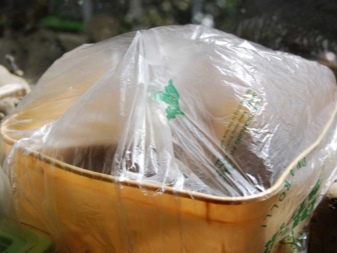
Diseases and pests
The biggest danger that plants are exposed to is powdery mildew. It negatively affects the appearance of the flower, covering it with a whitish coating. This ailment often appears if there is prolonged rainy weather. For prevention purposes, it is recommended to use special chemicals, but you can simply provide the flower with exceptional care to enhance its health and immunity.
Rust affects asters less often. This ailment manifests itself in the form of rusty specks formed on the upper part of the leaf plates. Because of this, the leaves have to be cut off, and the plant itself is sprayed with special fungicidal compositions. Asters are susceptible to verticillary wilting. Only transplanting a plant plot into fertile land will help get rid of this problem. When carrying out the procedure, it is necessary to spray the roots with products called "Maxim" or "Vitaros".


As for the pests that infect New Belgian asters, the following can be distinguished here:
- leafhoppers;
- aphid;
- ticks;
- slobbering pennies;
- acaricides.


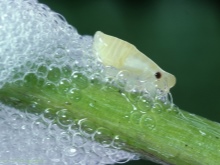
You can prevent attacks from these dangerous parasites in this way:
- with the arrival of the autumn season, it is necessary to dig well the soil in which the flowers grow;
- it is necessary to keep the distance between the asters during their landing;
- it is necessary to remove all dying flower shoots in a timely manner;
we must not forget about timely fertilizing of the soil.
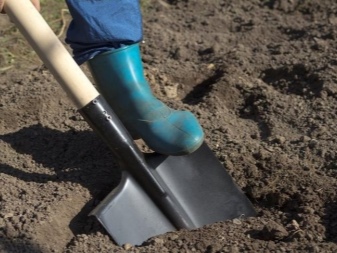
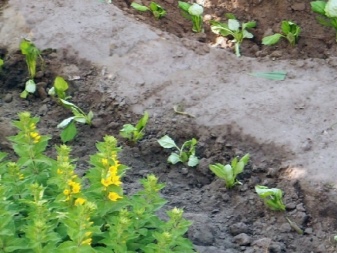
Examples in landscape design
Oktyabrinka can become a luxurious decoration of any site. Often it is she who acts as a bright accent of landscape design. Let's look at some good examples.
- Perennial asters of delicate lilac or bluish shades can be a wonderful decoration for paths and paths on the site, if they are planted abundantly, forming a beautiful floral carpet.


- Different varieties of asters with multi-colored petals look very beautiful in areas with a well-groomed lawn. Combinations of white, yellow, lilac, pink and scarlet flowers will turn out to be bright and expressive.


- You can decorate the local area with New Belgian asters of different colors, planted in clay or ceramic pots. They can be placed in different places or thus form an interesting composition. Such elements of landscape design will bring a special style and comfort to the atmosphere.


For more information on the New Belgian aster, see the next video.







































































































The comment was sent successfully.